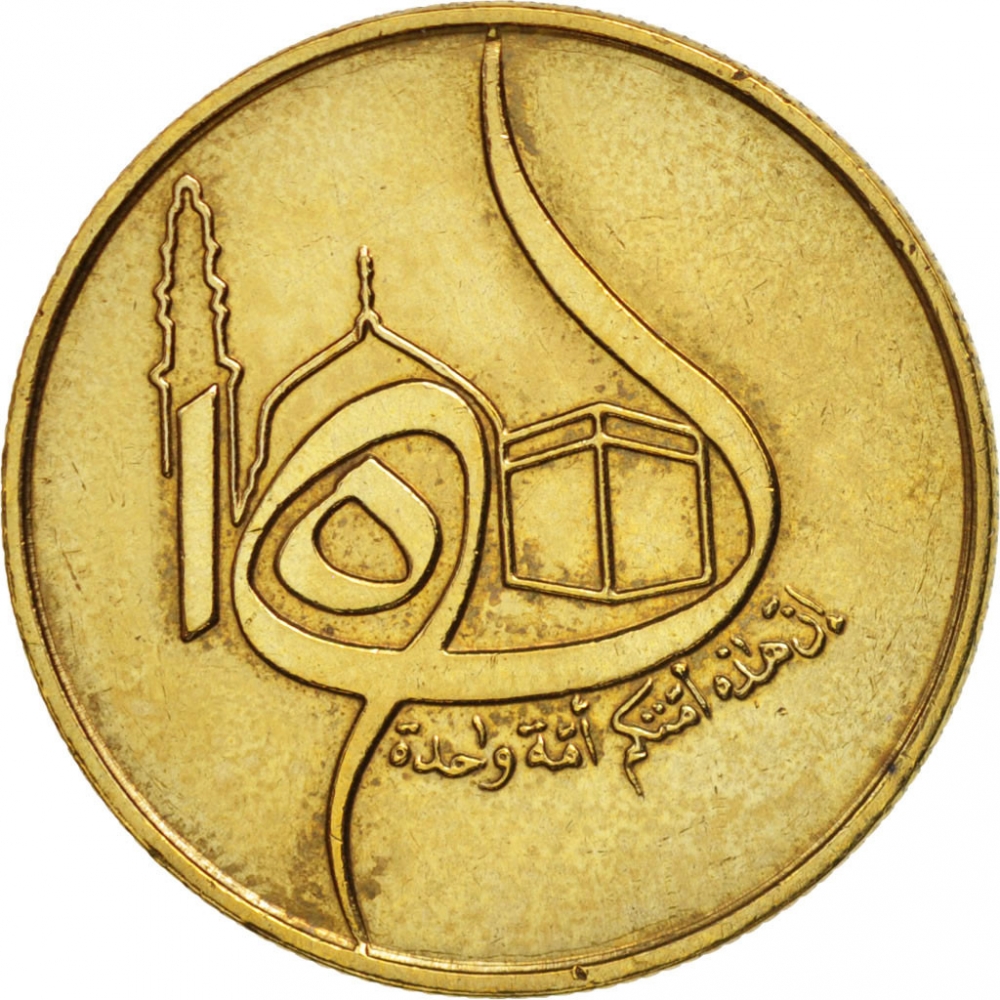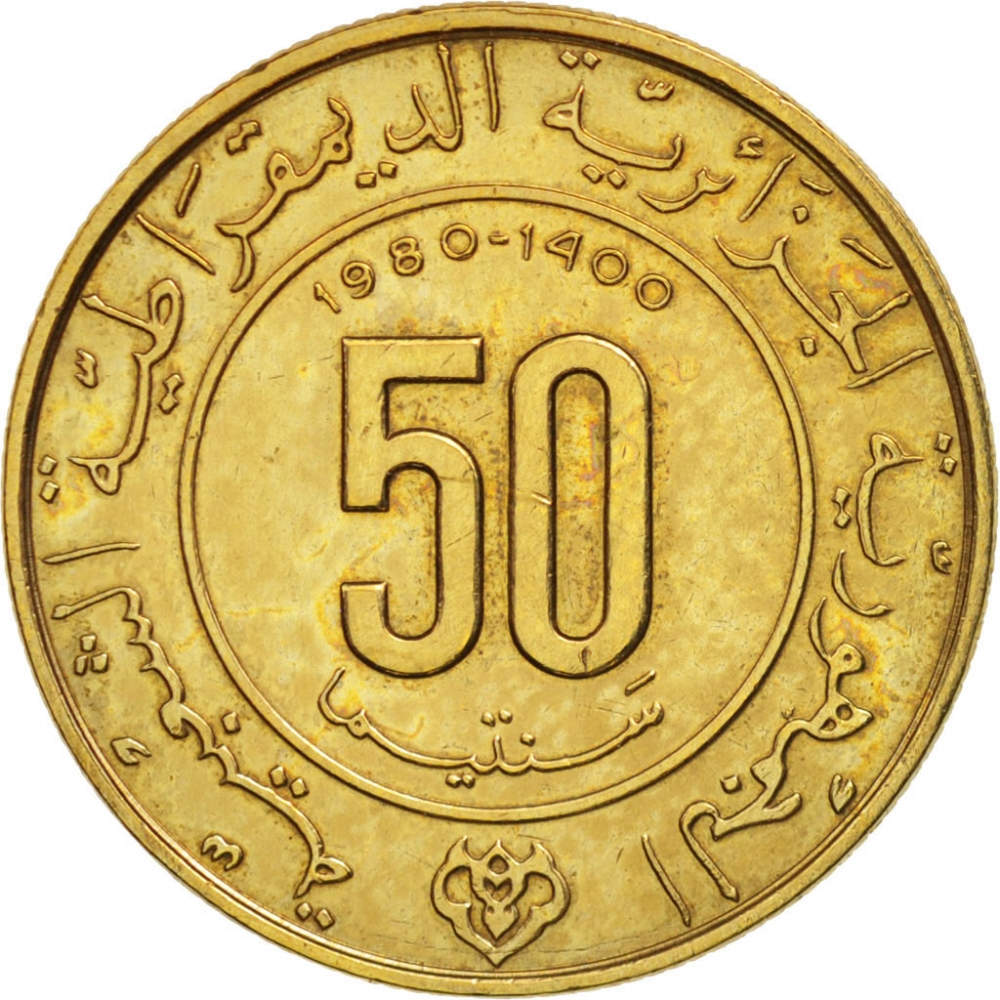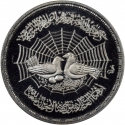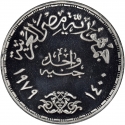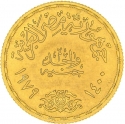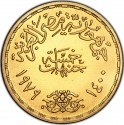You are about to finish your registration. Please check your mailbox (including spam folder). There should be a letter with a confirmation link. Check setting to make sure that your e-mail address is correct.
Send letter againDescription
The Hijri calendar also known as the Lunar Hijri calendar and (in English) as the Islamic, Muslim or Arabic calendar, is a lunar calendar consisting of 12 lunar months in a year of 354 or 355 days. It is used to determine the proper days of Islamic holidays and rituals, such as the annual period of fasting and the proper time for the Hajj. In almost all countries where the predominant religion is Islam, the civil calendar is the Gregorian calendar, with Syriac month-names used in the Levant and Mesopotamia (Iraq, Syria, Jordan, Lebanon and Palestine) but the religious calendar is the Hijri one.
This calendar enumerates the Hijri era, whose epoch was established as the Islamic New Year in 622 CE. During that year, Muhammad and his followers migrated from Mecca to Medina and established the first Muslim community (ummah), an event commemorated as the Hijrah. In the West, dates in this era are usually denoted AH (Latin: Anno Hegirae, "in the year of the Hijrah"). In Muslim countries, it is also sometimes denoted as H from its Arabic form (سَنَة هِجْرِيَّة, abbreviated ھ). In English, years prior to the Hijra are denoted as BH ("Before the Hijra").
Obverse

|
Depicted the logo of the 1400th-anniversary celebration with an outline of Kaaba and the Prophet's Mosque (dome and minaret) in Medina surrounded by Arabic H letter and 15. The 92nd verse of chapter 21 from the Holy Quran "Truly, this, your Ummah is one religion" below in Arabic. ١٥هـ |
|---|---|
Reverse

|
Value and date in a circle surrounded by the Arabic legend "People's Democratic Republic of Algeria". الجمهورية الجزائرية الديمقراطية الشعبية |
| Edge |
50 Centimes
KM# 111 Schön# 24
Swap now (1 offer)
Characteristics
| Type | Commemorative Issue (Circulating) |
| Material | Aluminium Bronze |
| Weight | 5 g |
| Diameter | 24 mm |
| Thickness | 1.62 mm |
| Shape |
|
| Alignment | Coin |
Related coins
1400th Anniversary of the Islamic Calendar (Hijra)
1400th Anniversary of the Islamic Calendar (Hijra)
